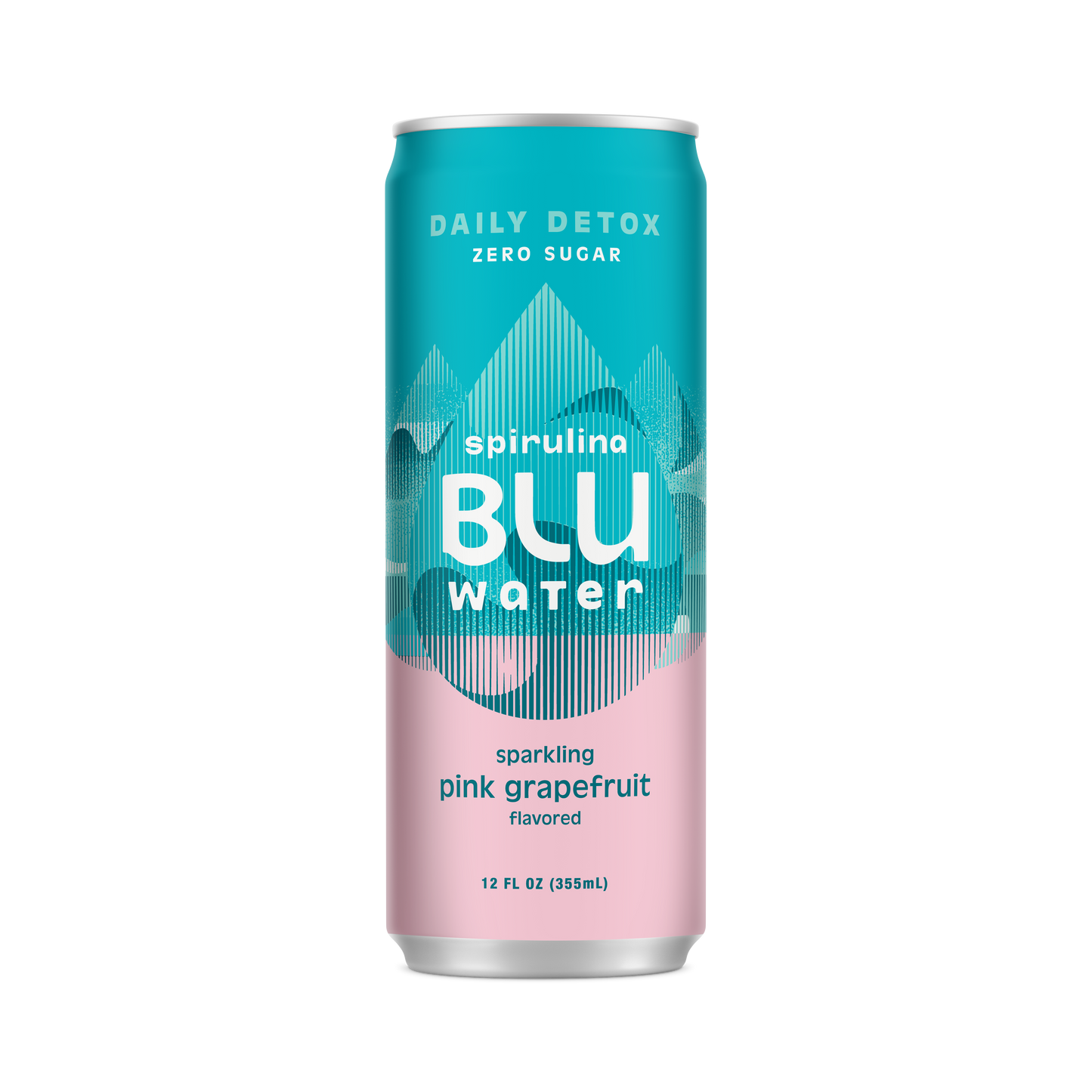
Key points
- Many experts recommend refrigerating spirulina to so prevent amino acids contained in the algae from losing their properties. However, if you plan to consume your spirulina quickly, you can safely store it in a dry place at room temperature.
- When keeping spirulina in the freezer, try to minimize the amount of air it’s exposed to because it’ll affect the powder’s properties. Spirulina powder should be kept in a ziplock or airtight container to prevent it from being exposed to moisture.
- You can store spirulina in the freezer for up to one year.
For those who have just discovered spirulina’s incredible health properties and want to take full advantage of them, one of the main questions that remain is how to store spirulina properly to make this superfood last? You may be surprised, but if kept improperly, spirulina’s nutritional value can quickly diminish, which is something you definitely don’t want to happen. In this article, we will talk about the best ways to store spirulina supplements that will keep them fresh and allow you to enjoy their benefits for as long as possible.
Spirulina is most commonly sold in the form of powder or tablets. While the tablets usually remain fresh for a few months after they’ve been opened, it’s not as easy with spirulina powder.
Storing Spirulina Powder
The general recommendation given by manufacturers is to store spirulina at room temperature in a tightly closed bag. Unopened bags can be kept in a cool and dry place. But once you open a bag, you should transfer spirulina to an airtight container. Avoid using transparent containers since spirulina powder will be exposed to the sunlight in them, which can compromise its properties. Try to seal the new bag or container very tightly each time you open it to avoid exposing your spirulina powder to excessive amounts of air. If you follow all of these instructions, you can store spirulina powder for 2-3 years, but its quality is likely to diminish over time, so it’s best to purchase the powder in smaller batches.
Refrigerating Spirulina
You may have come across the recommendation to refrigerate spirulina, which is also a common method of storing this supplement. Refrigerating spirulina is a great way to keep this supplement’s properties uncompromised because it contains polyunsaturated fats, which make up to 7% of its content. These fats are made of Omega-3 and Omega-6 fatty acids, including alpha-linolenic acid (ALA), gamma-linolenic acid (GLA), linoleic acid (LA), eicosapentaenoic acid (EPA), stearidonic acid (SDA), docosahexaenoic acid (DHA), and arachidonic acid (AA).
These polyunsaturated fats can become compromised as a result of rancidification, which is a spoiling process that usually occurs as a result of excess oxygen exposure. During a reaction with oxygen, these acids break down. When we consume these broken fatty acids, our body produces harmful substances called free radicals, which speed up the ageing process, make us more predisposed to different diseases, and can even cause cancer.
With this said, the best way to prolong the shelf life of any products that contain polyunsaturated fats is to refrigerate them. However, spirulina doesn’t contain a lot of polyunsaturated fats and thus can be stored at room temperature if you are planning to use it quickly (within a few days to a week).
Freezing Spirulina Powder
Sometimes, you may purchase more spirulina than what you can reasonably consume over the recommended maximum storage period. So what should you do then? Well, you can freeze it! Freezing spirulina powder won’t affect its properties since the powder itself doesn’t contain any moisture. But keep in mind that if the powder is exposed to moisture, it can compromise its positive properties. This can occur when there’s a leak in the container you’re using to store spirulina or if you open and close the bag too often. If the powder contains even a little bit of moisture and is then put into the freezer, you’ll end up with a mushy substance instead of a fine powder once you defrost it. If you prefer consuming spirulina in powdered form, try to keep the powder dry by storing it in a tightly closed container. This will help it last indefinitely.
How to Freeze Spirulina Powder
If you just purchased some spirulina powder or you have an unopened bag at home, you can put it in the freezer right away. However, if the bag has been opened, it’s best to transfer spirulina powder to an airtight container or freezer bag since you can’t really know whether the powder has been exposed to moisture and thus can’t predict whether it’ll be in the same condition when you thaw it.
If you buy spirulina in a resealable bag, you can store it in the freezer as well, just make sure to squeeze all the air before closing it. Excess air can oxidize the powder, so spirulina’s quality will diminish the longer you keep it in the freezer.
When stored properly, you can keep spirulina powder in the freezer indefinitely, but it’s recommended to consume it within a year after purchasing. The longer you store spirulina, the less nutritional value it’ll have.
Another option is to divide a large bag of spirulina into single-portion bags to save you some time. This way, you won’t need to measure out the necessary dose of spirulina every time and keep opening the bag over and over again.

Defrosting Spirulina Powder
One positive thing about frozen spirulina is that you don’t need to defrost the entire container or defrost spirulina powder at all. Just scoop the needed amount and put it into a glass of water or any other drink you prefer (smoothies and juices are nutritious and tasty options). But don’t keep the container out of the freezer for too long because it can cause liquid to condensate in the bag, and the next time you defrost the powder, you’ll get a clumped mass.
Making sure that your spirulina powder isn’t exposed to moisture is hard, and it also takes a lot of time to measure out the correct dosage, whether you choose to measure out a dose each time before your meal or prepare one-portion dosages beforehand. Luckily, FUL® has a solution - our sparkling spirulina extract drinks are the easiest, safest, and tastiest option for getting your daily dose of spirulina without worrying about your spirulina going bad or looking for a way to include this algae into your diet. All you need to do is open a bottle or can and enjoy!
FAQ
How long can you keep spirulina in the fridge?
It’s recommended to store spirulina in a fridge for no more than 7-10 days. If you want to prolong the algae’s shelf life, you can also freeze it in a resealable container.
Can you freeze spirulina powder?
Yes, spirulina powder can be frozen. You can freeze the whole amount in an original bag or split it up into smaller portion sizes. Make sure to let out all the air before putting the powder into the freezer if you want to freeze a bag that has already been opened.
How long does spirulina last once opened?
You can store an unopened spirulina bag for approximately 2 years, but you should keep in mind that its properties will diminish with time. An opened bag of spirulina powder should be consumed within 3 months.
Does spirulina expire?
Yes, spirulina can expire and even go bad. Over time, the supplement’s health benefits will decrease, and it happens even quicker when spirulina is exposed to air, humidity, and light.




